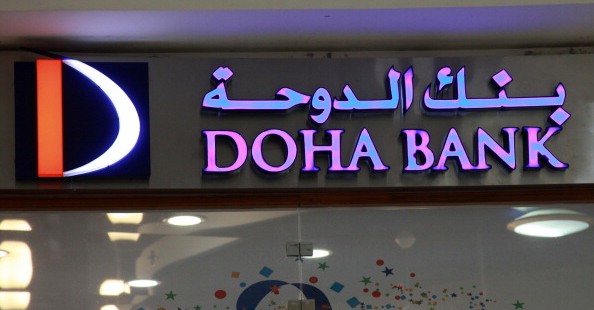Doha Bank CEO says liquidity ‘much bigger issue’ than 2008
Raghavan Seetharaman said it was a “challenging time” for lenders

The shortage of liquidity in Qatar during the current period of low oil prices is more serious than during the financial crisis, the chief executive of Doha Bank has said.
In an interview with Bloomberg Markets Middle East on Tuesday Raghavan Seetharaman said: “Liquidity is a much bigger issue today than it was in 2008.”
“All of the Gulf countries were running a fiscal surplus and current account surplus in 2008, today they’re running a fiscal and current account deficit. Every institution, including Doha Bank, has to redefine its business model.”
Bank liquidity in the Gulf Cooperation Council has been hit by a more than 50 per cent slide in crude prices since mid-2014. Slowing business activity has also forced businesses in Qatar and elsewhere to restructure their operations and cut jobs.
Seetharaman said it was a “challenging time” for lenders with governments forced to borrow externally to improve local market liquidity.
According to Bloomberg, Qatari banks’ loan-to-deposit ratio had decreased to 130 per cent in April from 125.7 per cent in March.
The CEO said lenders in the country were facing narrowing interest margins and higher interest expenses but the banking system was stable.
He said the bank wanted to improve its non-performing loans to less than 3 per cent in the next few quarters, from 3.48 per cent today, and was eyeing international expansion to compensate for slower growth in its home market.
“The Indian economy is doing well, and we just opened in Bangladesh,” he said, adding that there are opportunities to convert some representative offices in Asia into full-scale branches. “It’s not like everything is gloom and doom.”
In the first quarter, Doha Bank’s net income decreased 16 per cent to QAR 354m ($97.2m).
The bank is the worst performing lender on the Qatar Exchange Index, declining 20 per cent this year and had its outlook revised to negative by ratings agency Standard & Poor’s this month due to an expected further deterioration in its asset quality.
The company’s shares have declined 20 percent this year, the worst-performing bank on the 20-member Qatar Exchange Index, which is down 7.2 percent.
Seetharaman said the bank might do some bilateral borrowing to take part in government bonds, which could total as much as $5bn this year as the country looks to reduce a QAR 46.5bn budget deficit.
